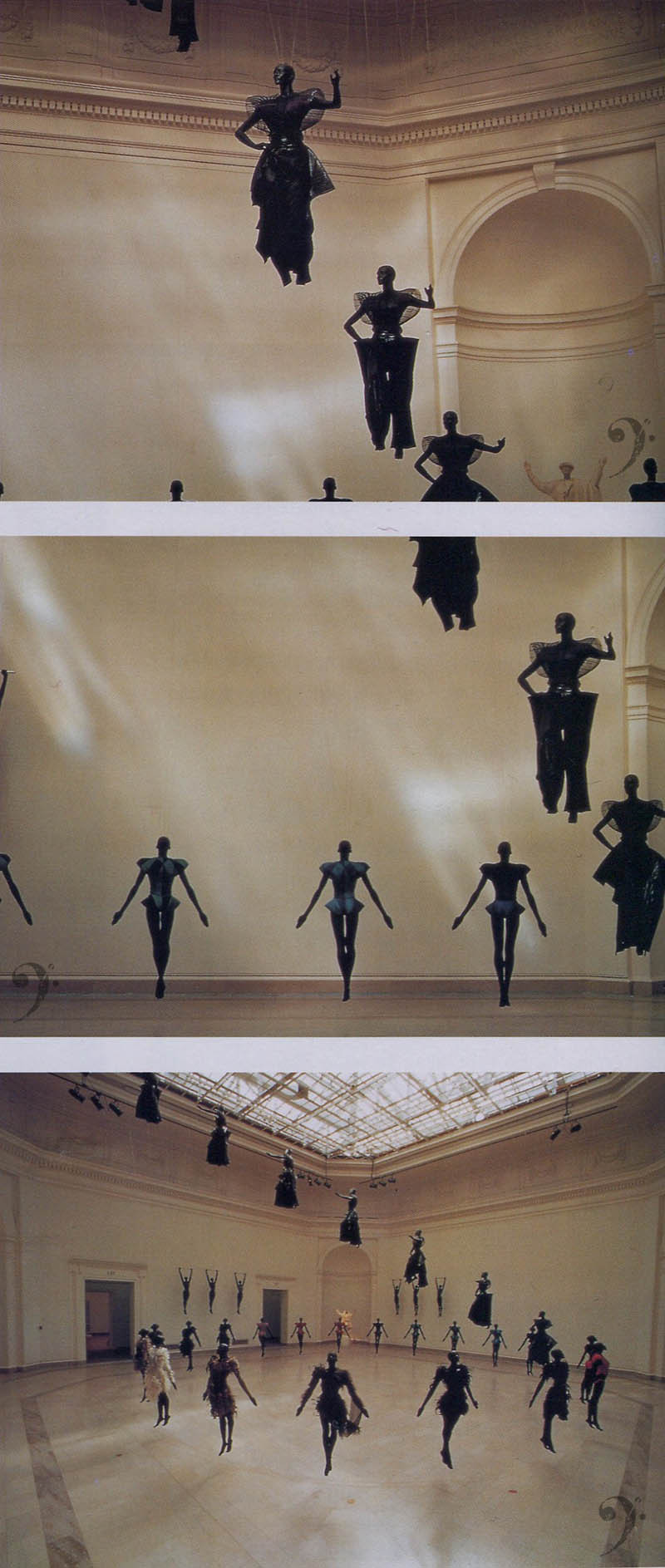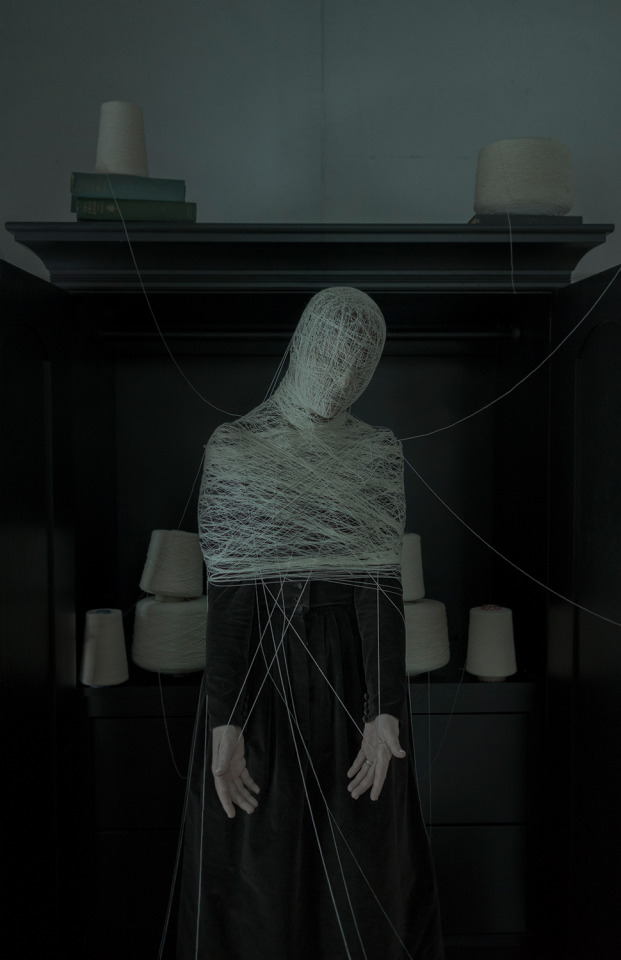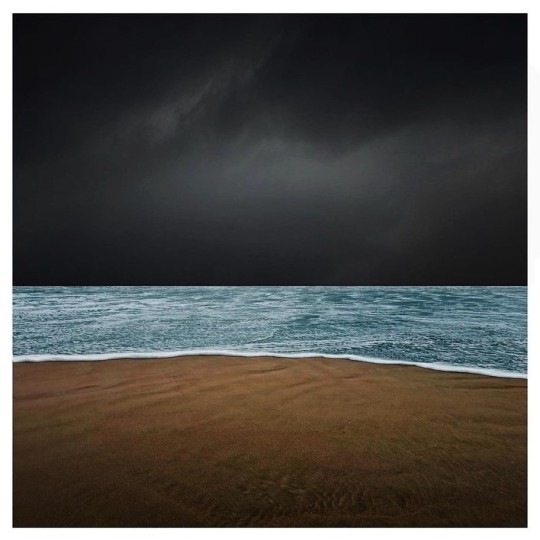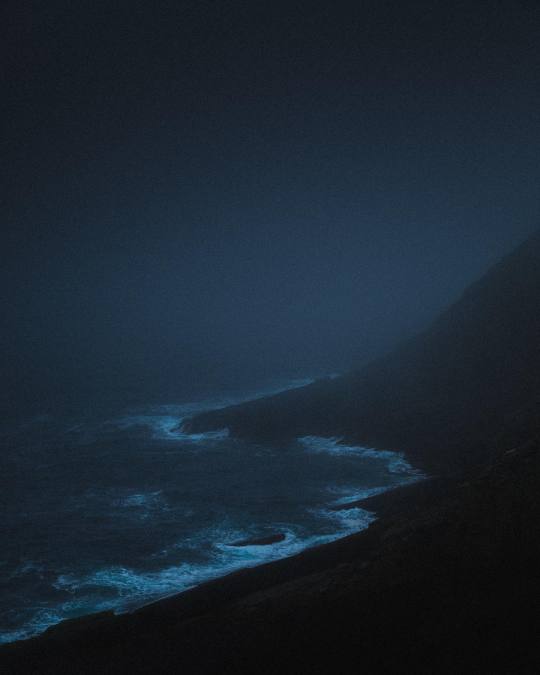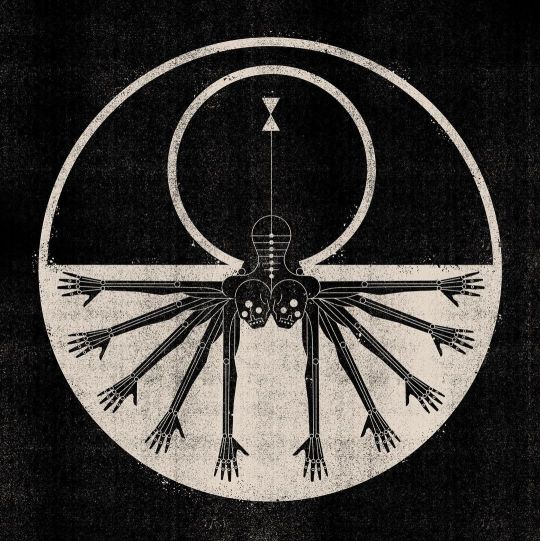Don't wanna be here? Send us removal request.
Photo
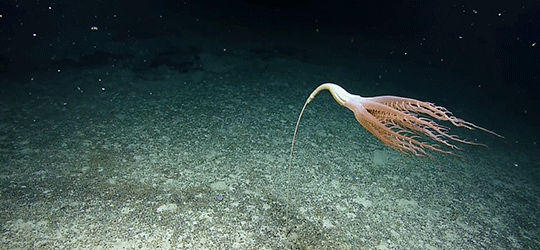
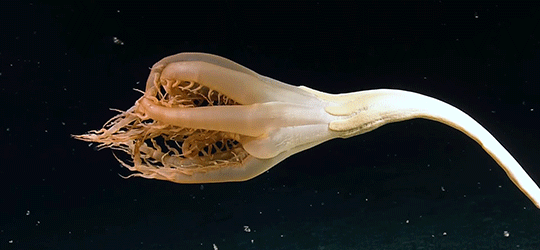
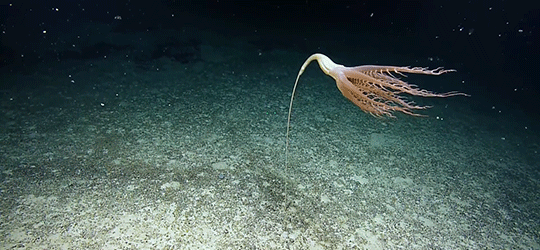

At 2994 meters on a never-before-surveyed seamount north of Johnston Atoll, the team made a thrilling discovery — the chance to examine an animal spotted for the very first time in the Pacific Ocean! The sea pen, a colonial cnidarian, had a single large feeding polyp with pinnate (barbed) tentacles stretching over 40 cm from its 2-meter-long stalk.
Solumbellula monocephalus is the only described species in the genus and until this sighting was only known to live in the North and South Atlantic and Indian Oceans. Before this discovery of the colony, the animal had never been seen in the Pacific Ocean. Further review of the footage and this sample will help experts determine if this is the first Pacific S.monocephalus or potentially a new species in this ocean basin.
Enjoy some beautiful close-ups of this coral relative that astounded our team with a detailed view of its stinging feeding tentacles that capture marine snow and food particles drifting by its home on an underwater mountain sedimented saddle. Two individuals were spotted on this dive, confirming a population within the protection of the Johnston Unit of Pacific Remote Islands Marine National Monument. This huge range expansion of Solumbellula in the Pacific Ocean reminds us how important ocean exploration efforts are to understanding this diversity of our planet!
Learn more about this expedition funded by NOAA Ocean Exploration via the Ocean Exploration Cooperative Institute
🎥video here🎥
285 notes
·
View notes
Text
i unironically believe electricity is the closest thing we have to magic in this universe. consider:
it's basically what human "souls" are made of (your consciousness is the result of miniscule amounts of electric charge jumping between neurons in your brain)
when handled incorrectly or encountered in the wild, it is a deadly force that can kill you in at least half a dozen different ways
when treated respectfully and channeled into the proper conduits, it is a power source that forms the backbone of modern society
if you engrave the right sigils into a rock and channel electricity into it, you can make the rock think
there is a dedicated caste of mages (electrical engineers) tasked with researching it in ivory towers
whatever the fuck Galvani was doing with those frog legs
look at this and just try to tell me it isn't a kind of summoning circle

47K notes
·
View notes
Text
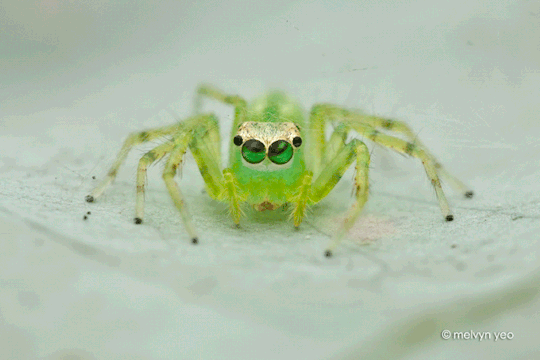
Random fact: Although jumping spiders can't move their eyes, they can move their retinas to change their field of view. It's as if they're looking through a window.

If the spider is clear enough, you can even see the retinas moving through the cephalothorax:
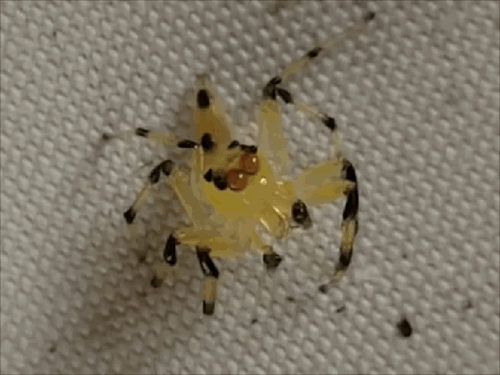
Image sources: Melvyn Yeo, M.F. Land, and wmaddisn
16K notes
·
View notes
Photo
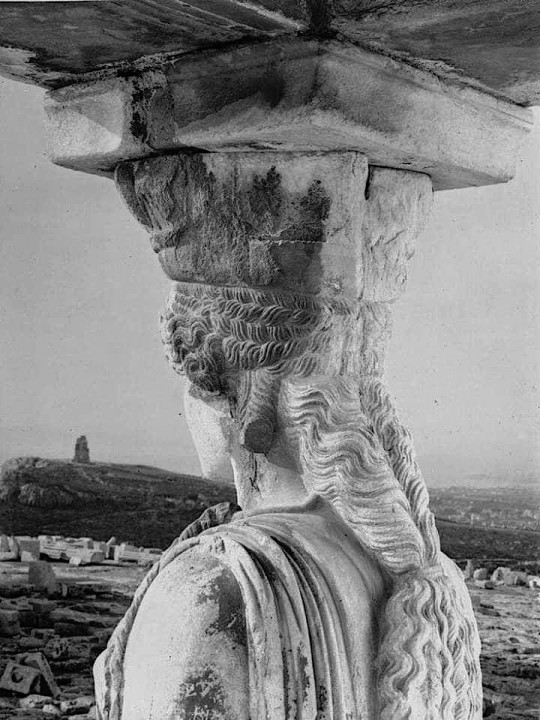
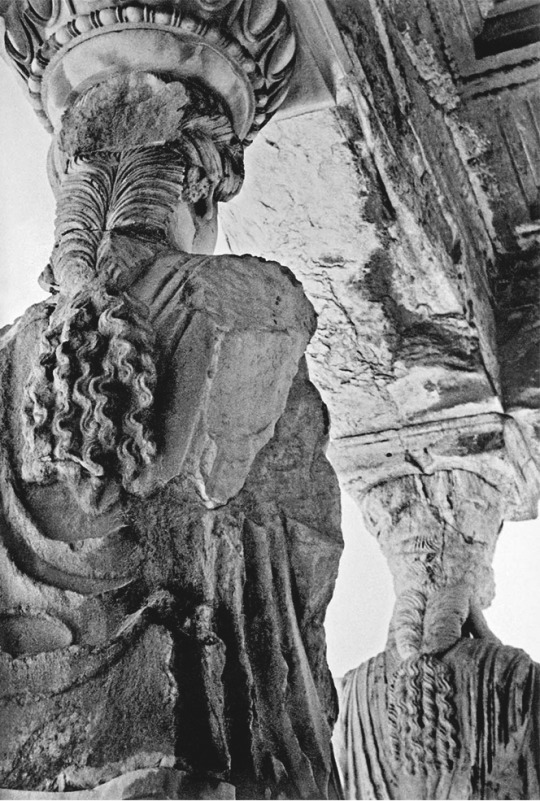
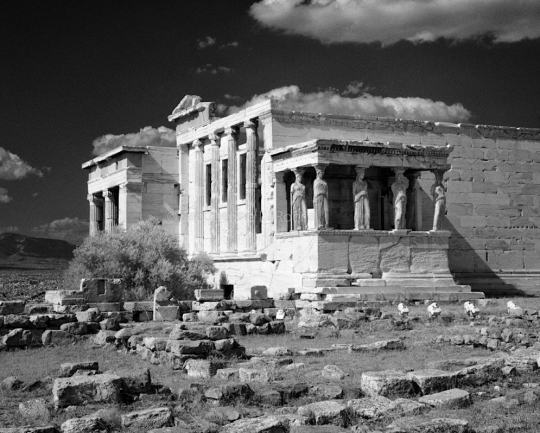
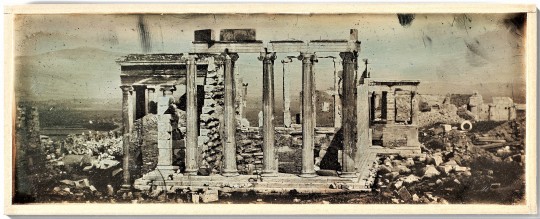
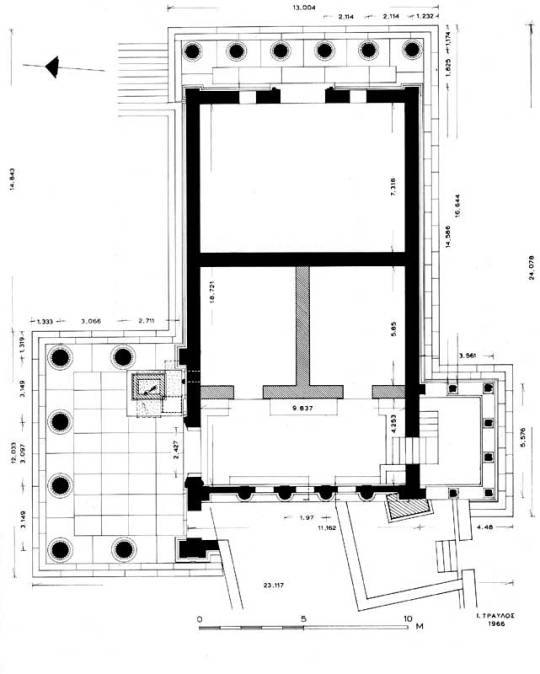

Erechtheion 421 - 406 BC
Caryatid back ¾, Erechtheion, Acropolis
Elli Sougioultzoglou-Seraidari (Nelly’s). Caryatids of the Erechtheion, 1932-39
Jacqueline LaRocca: Erechtheion-Acropolis. Black and White Photography
Joseph-Philibert Girault de Prangey: 62. Athènes. Temple de Minerve Poliade. Daguerreotype, 1842. The first photograph of the Erechtheion.
Reconstruction plan according to J. Travlos, Bildlexikon zur Topographie des antiken Athen, Tübingen 1971
Caryatid’s braided hair - British Museum
The Caryatid porch of the Erechtheion in Athens, Greece. These are now replicas. The originals are in the Acropolis Museum (with one in the British Museum).
The Erechtheion, designed by the architect Mnesikles, was a complex building constructed in the last twenty years of the 5th century BC. It replaced the “Archaios Neos” (Ancient Temple) of Athena Polias, part of which had been destroyed by the Persians sixty years earlier. The new temple was divided into two chambers: an eastern room dedicated to Athena, which held the goddess’ wooden cult statue; and a lower western room that accommodated shrines of Poseidon-Erechtheus, Hephaistos and Boutes, the brother of Erechtheus.
The Erechtheion’s unusual form resulted from the architect’s need to accommodate all of these cults within one building, while also adapting its structure to the site’s uneven ground. Moreover, the complex had to incorporate the sacred symbols of Poseidon’s struggle with Athena for hegemony over Αthens: the olive tree given to the city by Athena; the marks in the bedrock left by Poseidon’s trident; and the spring of salty water that arose after he smote the rock. - The Acropolis Museum
357 notes
·
View notes
Text
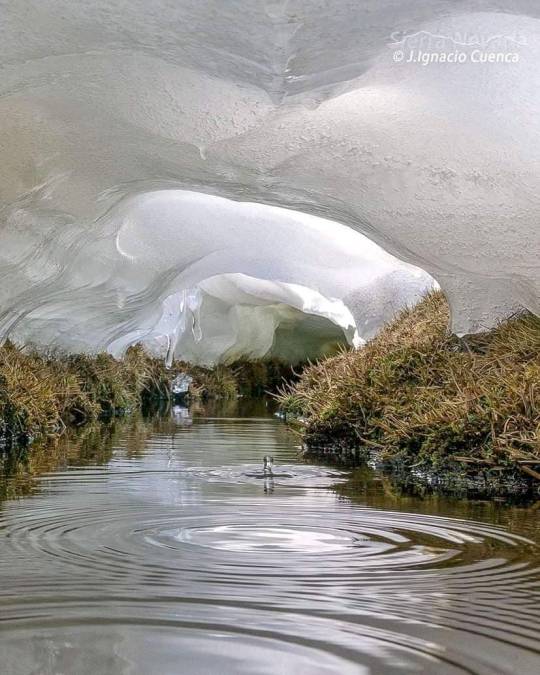
An incredible capture of what an ice cave is... Ice caves are formed inside a glacier, these beautiful structures are formed by the water that runs through or under the glacier. The water often comes from the surface of the glacier due to melting, many others by geothermal heat from hot springs under the ice or volcanic vents.
Photo: J Ignacio cuenca.
13K notes
·
View notes
